OK guys. This is gunna be a step-by-step follow of how I'm building my sewing machine motor winder. It may take a little while as I'm moving this week... and then may be slow to build after that. But eventually it should have what you guys wanna see.
Let's start with a parts list and where I'm getting them (subject to change/addition as needed below hahaha).
Amazon:
3/8" OD drill rod
3/8" Spyroflo miniature housed bearings
eBay:
Cub3
~7000RPM sewing machine motor
Grainger:
4" 3/8" fixed bore sheave
3/8" ID collar
1/4" ID collar x2
on/off/on DPDT switch
HomeDepot:
1/4" aluminum rod
Lutron D-600P dimmer switch
Mouser: (all parts based on classic amplification's schematic for 9v power source)
828-OPB380T11Z optek optical sensor
512-LM7809ACT regulator
271-15K-RC 15kOhm resistor
271-383-RC 383ohm resistor
563-HH-3449 9V battery clip
Chris
Let's start with a parts list and where I'm getting them (subject to change/addition as needed below hahaha).
Amazon:
3/8" OD drill rod
3/8" Spyroflo miniature housed bearings
eBay:
Cub3
~7000RPM sewing machine motor
Grainger:
4" 3/8" fixed bore sheave
3/8" ID collar
1/4" ID collar x2
on/off/on DPDT switch
HomeDepot:
1/4" aluminum rod
Lutron D-600P dimmer switch
Mouser: (all parts based on classic amplification's schematic for 9v power source)
828-OPB380T11Z optek optical sensor
512-LM7809ACT regulator
271-15K-RC 15kOhm resistor
271-383-RC 383ohm resistor
563-HH-3449 9V battery clip
Chris

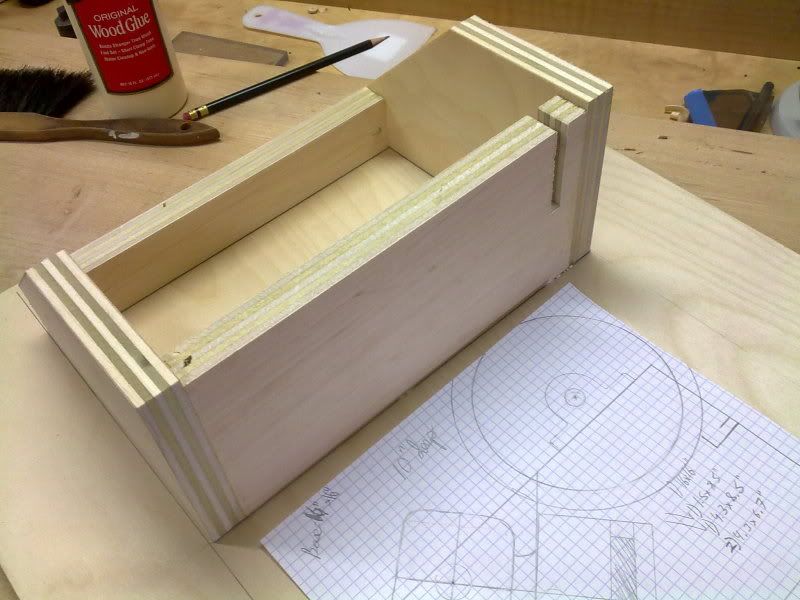
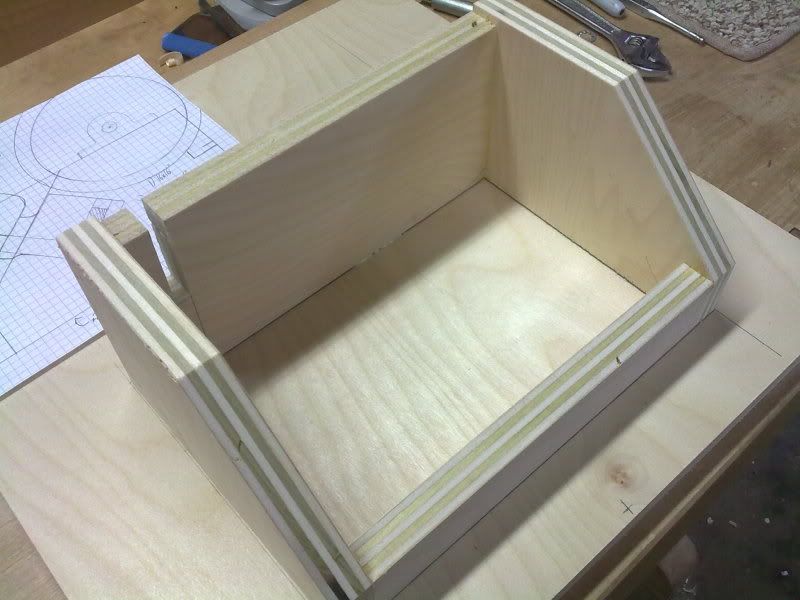
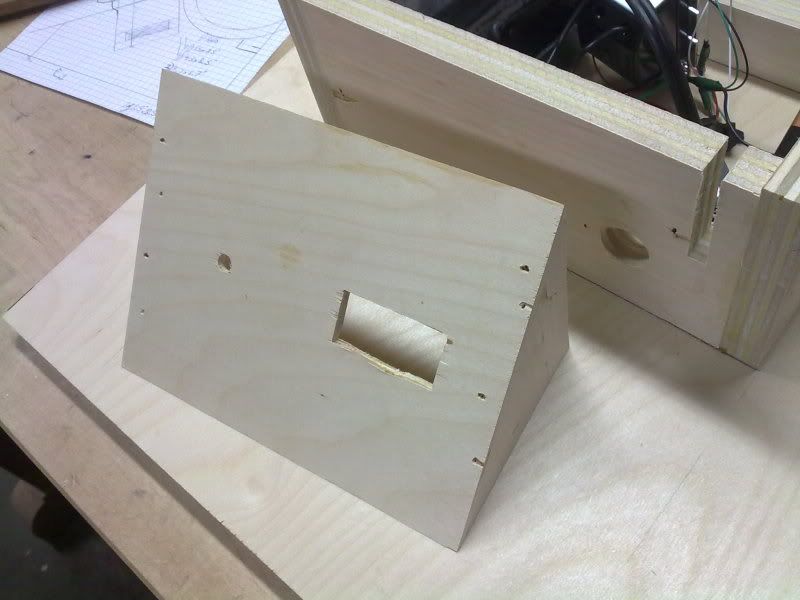
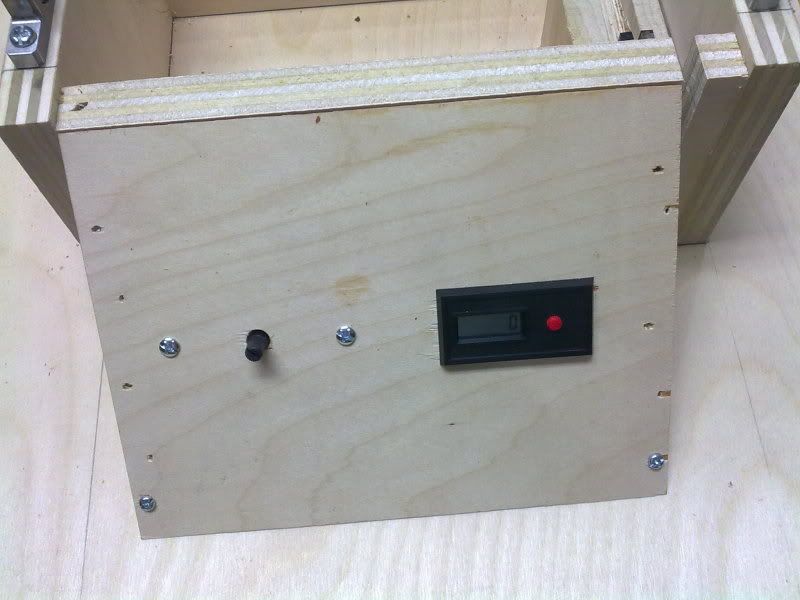
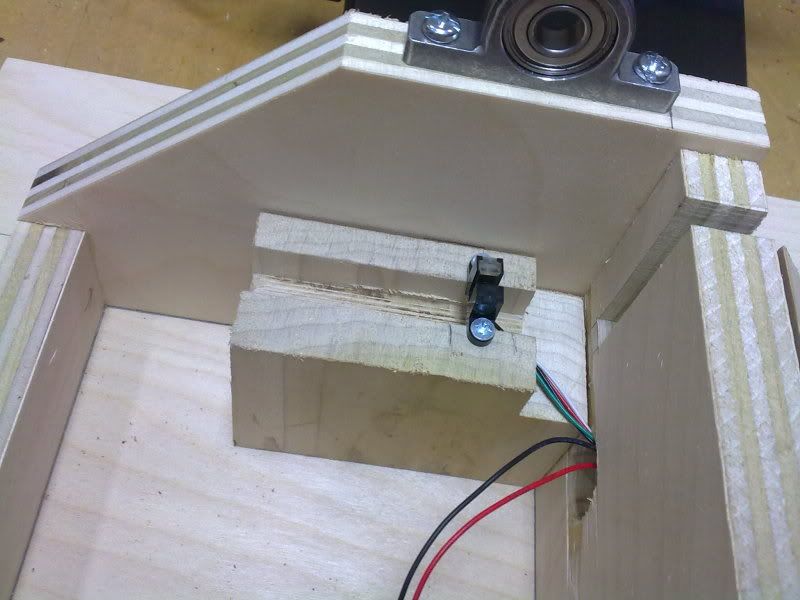

 It's 2.5" diameter and is super-glued to a 3/8" collar so that I can ock it down to spin with the shaft (works like a charm; be sure you scuff up the side of the collar with 120 grit paper before gluing to help adhesion to the metal). Also, this meant that my original mounting of the sensor had to change... drastically cause one of the screws got strips and I had to cut off that side's mounting tab. As you can see I've simply super-glued (after making 100% sure it worked right) it to the right place.
It's 2.5" diameter and is super-glued to a 3/8" collar so that I can ock it down to spin with the shaft (works like a charm; be sure you scuff up the side of the collar with 120 grit paper before gluing to help adhesion to the metal). Also, this meant that my original mounting of the sensor had to change... drastically cause one of the screws got strips and I had to cut off that side's mounting tab. As you can see I've simply super-glued (after making 100% sure it worked right) it to the right place.

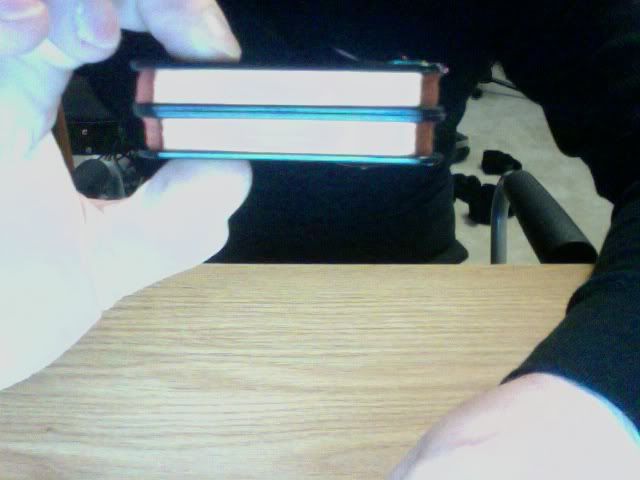
Comment